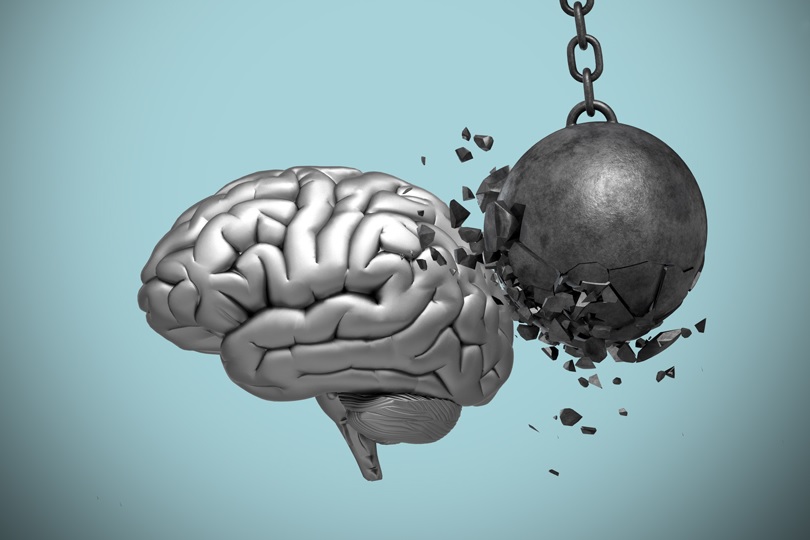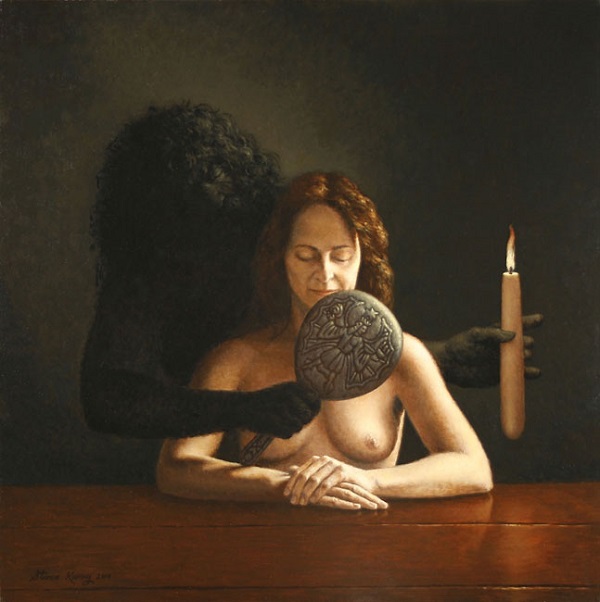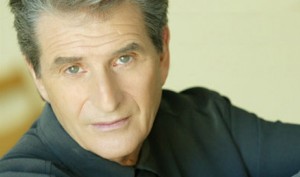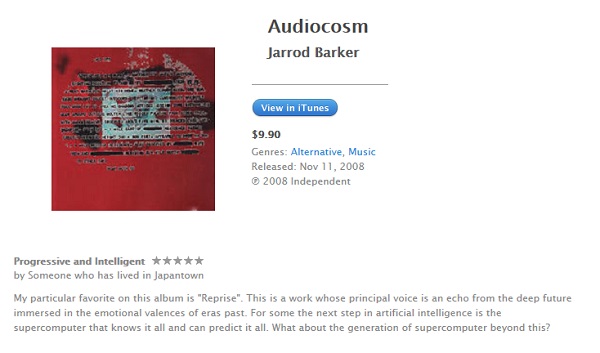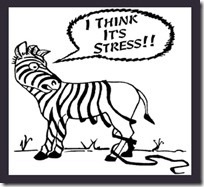
Sometimes, not knowing the truth about something of immediate importance can create some of the most intense stress, says former chronic pain sufferer Janet Komanchuk.
“The families of victims who’ve been missing for years or decades – identifying the body of their loved one, for example, can bring closure. For me, being diagnosed with fibromyalgia was also a relief – it meant that I had a name for my chronic pain,” says Komanchuk, whose pain was so intense over a period of several years that she had to retire as a schoolteacher.

“My diagnosis meant I wasn’t crazy, that the pain wasn’t ‘all in my head,’ as some had suggested. It meant that my flu-like symptoms,
accompanied by intense waves of pain, finally had form and dimension. I understood I was just one of many suffering with chronic pain that at last had a name.”
Fibromyalgia syndrome is a complex, chronic condition of widespread muscular pain and fatigue. It often includes sleep disturbances, impaired memory and concentration, depression and other debilitating symptoms. The syndrome is one of the most common chronic pain disorders, affecting nearly one in every 60 North Americans.
When medical leave, morphine patches, codeine and myriad pharmaceuticals brought no relief, I tried a different approach in combination
says Komanchuk, (www.jkomanchuk.com), who has since enjoyed more than 13 years of pain-free and prescription-free living after finding an alternative healing therapy that works for her. She now works as an educational writer and public relations assistant with Joy of Healing, the alternative healing modality that she says brought about her remission.

“Through the years, I’ve learned a thing or two about dealing with the psychological trauma of illness.” Komanchuk shares tips to keep in mind for those suffering from an indeterminate condition.
• Trust in yourself. “At times, the pain was so intense that I was certain my flesh was tearing away from my bones,” says Komanchuk, who was just like the more than 100 million Americans who suffer from chronic pain, which costs nearly $600 billion annually in medical treatments and lost productivity, according to the Institute of Medicine. Despite her unmistakable pain, the critical doubt from others as to what she was experiencing was disheartening, at times causing her to doubt herself.
“Trust in yourself, for you know what you’re feeling,” she says. “Don’t fall victim to the judgment and criticism of others who doubt your illness and the limitations it places on you or your activities.”
• Don’t quit! Despite the immense scope of chronic pain, very little is spent on research to find better ways to manage pain. Komanchuk was faced with the prospect of spending the rest of her life in a nursing home.
“Yes, the pain was excruciating, debilitating and fatiguing, yet I still felt as though my life had the potential for vitality,” she says. “The idea of going to a nursing home – reasonable for some – felt like a kind of death to me.”
Convinced that there was hope for her in overcoming fibromyalgia, she persisted in her search for wellness answers.
• Seriously consider alternatives. She was able to achieve what she thought was impossible – not just temporary relief, but permanent, lasting mind-body-spirit wellness. She had been to orthopedic surgeons, neurologists, rheumatologists, psychologists, underwent MRIs and took all manner of medications for her unbearable pain. In a narrow sense, it would seem as though she exhausted her options – until she looked beyond traditional Western medicine. Alternative treatment guided her to recognize the layers of stress throughout her life that she believes were a primary driver of her chronic pain.
“Every day, I am filled with gratitude for the fact that I am free of the torment from fibromyalgia that had plagued me throughout my
life,” she says. “I just wish I could give others a piece of the relief that I’ve found. All I can say is keep your eyes open, keep the hope alive and don’t give up!” For the Silo, Ginny Grimsley

Supplemental- The Science of Yoga http://www.forbes.com/sites/alicegwalton/2011/06/16/penetrating-postures-the-science-of-yoga/
